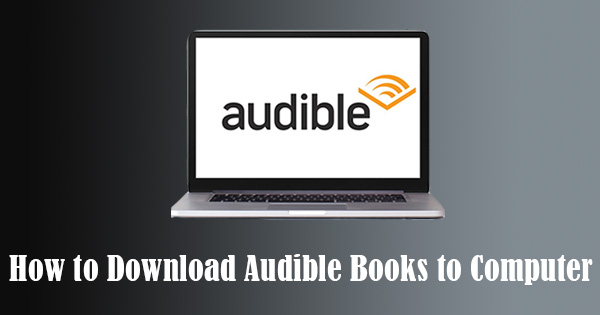

In my test, I moved two dozen ripped audiobooks into Books on the Mac. I love dropping an ePub into Books on Mac and having it automatically sync across devices including highlights and current reading position. Through accessibility APIs that support technologies such as VoiceOver, Switch Control, Zoom, Closed Captions, and Audio Descriptions, macOS provides an extraordinary opportunity to deliver a superior user experience to every customer, including those with special needs. In macOS Monterey, Apples Live Text feature can automatically recognize text when it appears in an image in Safari, Photos, Preview, Quick Look, and elsewhere, allowing you to copy or share it. However, I like the idea of using Books to manage the audiobooks assuming that syncing is available as it is with ePubs and PDFs. It is important that your app work as intended for those who rely on these assistive features of macOS. And users with physical and motor disabilities will rely on AppleScript and Automator workflows to simplify complex tasks, and can take advantage of keyboard and mouse preferences to make them easier to control and use. Those who are deaf or hard of hearing can set audible alerts to automatically flash the screen instead. Users with low vision can set the built-in zoom, grayscale, and white-on-black display mode options in macOS to adapt the onscreen experience to their specific needs.


For example, a VoiceOver user relies primarily on the keyboard or trackpad for control, and on Speech Synthesis and Braille for feedback. An assistive application in macOS interacts with accessibility objects in your app to allow people with disabilities to drive the user interface in non-traditional ways.


 0 kommentar(er)
0 kommentar(er)
